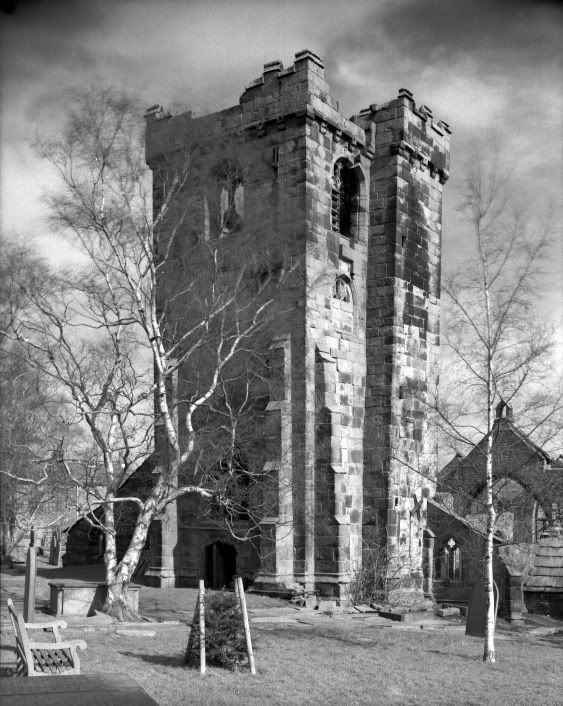Many thanks to Andrew-Apple for
#1/ presenting a superb image where something similar to Charles' image apperas, i.e. the shape of the vault in the chrurch generates an illusion that the pillars are diverging at the top, whereas they do not since the camera is perfectly well placed and adjusted.
I knew the effect for tall rectrangular buildings, I had never noticed before that something similar is to be expected inside churches. I mean : Gothic or Roman churches, our "Industry-standard" European model, not special items like Le Corbusier's famous Ronchamp Chapel (France)
http://cache.virtualtourist.com/2030073 ... nchamp.jpg
And thanks #2 for finding a reference in Sinar's textbooks, this is exactly what I have in mind and I appreciate the practical rule stating that if you have to raise (painfully) you head above a certain point so see the whole of the building, you'll probably have to refine the view camera setting with some "under-correction" of the classical rule for verticals (eventually this question of verticals is related to a question of cervicals ?

)
To Charles : there might be two simple reasons why the effect I am reporting for wide-angle retrofocus lenses is hard to see with telephotos
- available LF telephotos have a pupillar magnification ratio which is closer to unity than the 24 mm TSE Canon
One of the most asymmetric vintage LF telephoto was the Voigtlander Telomar with a pupillar magnification ratio of .5 (1:2), but modern telephotos are not that extreme. This ratio is denoted by beta-prime_P in Schneider's technical brochures. For the recent apo-tele xenar, the factor is 0.75.
http://www.schneiderkreuznach.com/foto/ ... 55_1AD.PDF
- with a telephoto since you have to go quite far from the buiding in order to capture a reasonable portion of your subject , the angles you eventually have to apply to your optical axis are smaller than for a wide-angle retrofocus lens, placed at the foot of the buiding instead of far away.
But the experiment is easy to do with any telephoto if you can tilt the optical axis upward and keep the film parallel to the subject plane.
To the best of my knowledge (since I learned something today about unexpected assymmetric
swings, I have to be more cautious than ever !

)
I have never seen 35mm tilting
telephoto lenses, but many companies offer tilt+swing attachments for 35mm systems (including, since the last 2008 photokina, Arca Swiss with their F-line M2) ; and in MF+LF except the special Hasselblad tillting extender, or a telephoto mounted on the Rollei Sl-66, you have to use a view or a field camera with movements.

